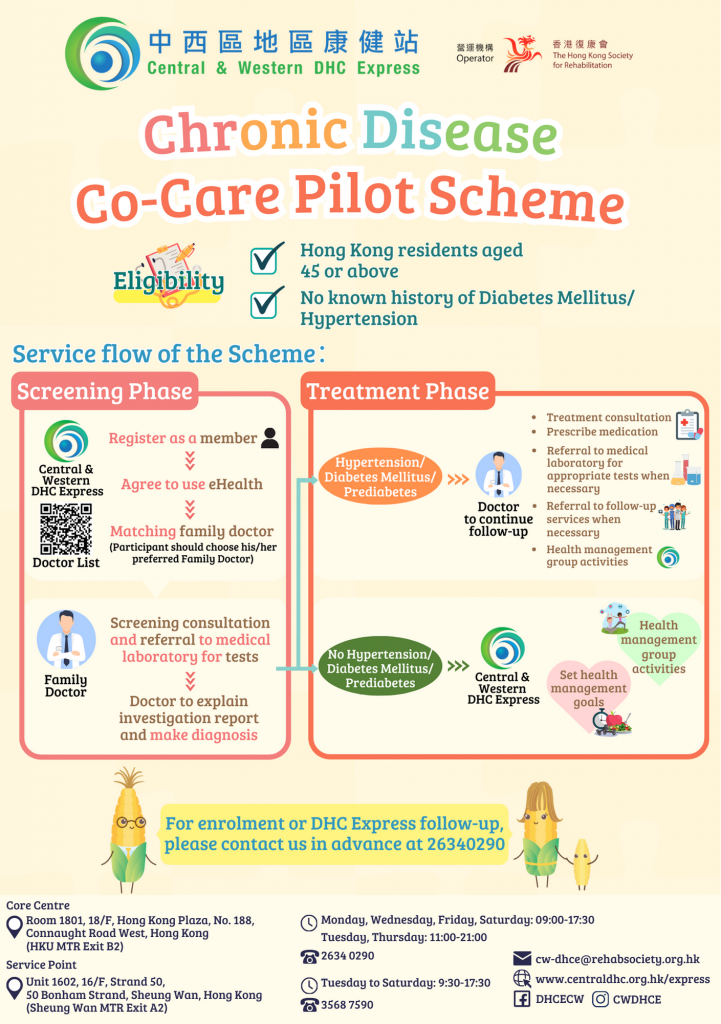Hong Kong’s Extreme Weather Challenge: Navigating Safety and Flexibility During Black Rainstorm Warnings
When nature unleashes its most intense rainfall, cities must adapt quickly. On August 5, 2025, Hong Kong experienced an extraordinary meteorological event that tested the city’s resilience and emergency preparedness. The Hong Kong Observatory issued its fourth black rainstorm warning in just eight days—an unprecedented frequency that demanded immediate and coordinated action.

Chief Secretary Eric Chan Kwok-ki emerged as a critical voice of leadership during this challenging period. Through a strategic social media communication, he urged employers across the city to embrace a “reasonable and flexible approach” to work arrangements. His message was clear: employee safety must take precedence over rigid workplace protocols when extreme weather threatens urban infrastructure and personal well-being.

The government’s response was both comprehensive and swift. The Emergency Monitoring and Support Centre sprang into action, becoming the nerve center of the city’s coordinated emergency efforts. Chan personally visited the center on the morning of August 5, engaging directly with bureau secretaries and department representatives to ensure real-time monitoring and rapid response strategies.

Drainage Services Department teams played a crucial role in mitigating potential flood risks. Deploying 180 emergency response teams equipped with high-capacity drainage robots, they systematically addressed waterlogged areas and conducted thorough inspections at 240 known flood-prone locations. This proactive approach aimed to minimize potential infrastructure damage and public disruption.
Recognizing the potential displacement caused by severe weather, the Home Affairs Department strategically opened temporary shelters across various districts. These safe havens provided critical support for residents who might find themselves vulnerable during the intense rainstorm. Fortunately, the comprehensive preparedness resulted in minimal reported injuries, a testament to the city’s robust emergency management framework.

The black rainstorm warning represented more than just a meteorological event—it was a complex urban challenge requiring multi-layered coordination. From government officials to local employers and emergency response teams, every sector played a vital role in ensuring public safety. Chan’s emphasis on workplace flexibility highlighted a nuanced understanding that emergency response extends beyond immediate physical interventions.
What makes this event particularly noteworthy is its frequency. Four black rainstorm warnings within eight days is not just unusual—it’s a record that signals potential broader climate and environmental shifts. Such extreme weather patterns demand ongoing adaptability and sophisticated emergency preparedness strategies.
The city’s response demonstrated a remarkable blend of technological capability, administrative coordination, and human-centered decision-making. High-tech drainage robots worked alongside human emergency teams, while government leaders like Chan provided clear, compassionate guidance that prioritized citizen welfare.
For Hong Kong residents, this event serves as a powerful reminder of the importance of preparedness, flexibility, and community resilience. It underscores that in the face of unpredictable natural challenges, collaborative and adaptive approaches are our most effective tools.
As climate patterns continue to evolve, cities worldwide can learn from Hong Kong’s comprehensive and empathetic approach to managing extreme weather events. The ability to pivot quickly, prioritize safety, and maintain calm during challenging circumstances represents a model of modern urban crisis management.












